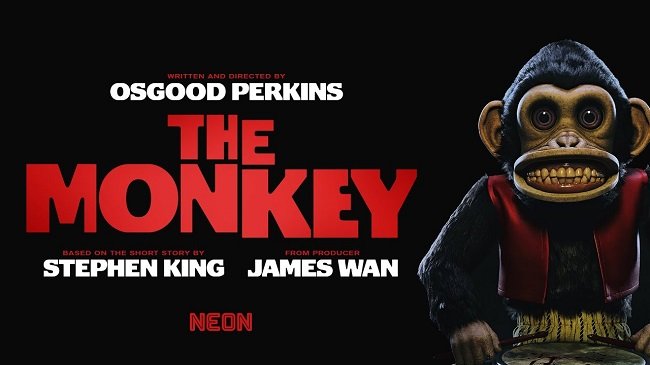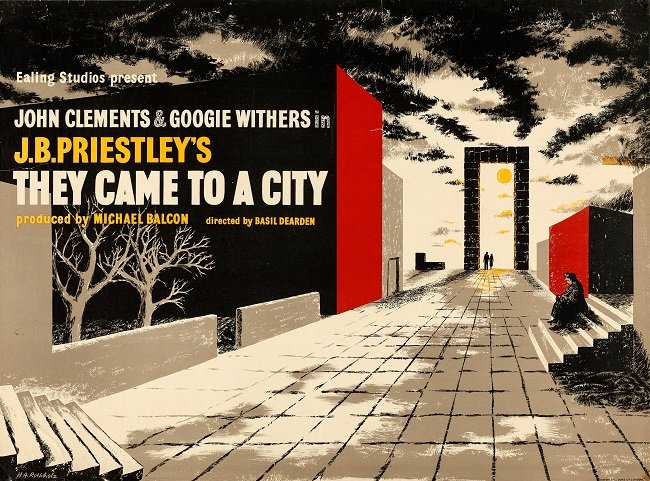Cinema, Risk Aversion and Creativity
Paramount Pictures’ recent decision to forgo a worldwide theatrical release for Alex Garland’s innovative science fiction movie Annihilation and to sell it directly to Netflix, is still a matter of debate. It raises a wealth of issues from the current culture of financial risk aversion that dominates Western society, right the way through to gender politics. It certainly highlights the fact that the bottom line is now the primary motivator of any mainstream studio film production. All other considerations be they artistic, socio-political or just telling a good story are now subordinate to whether or will not a movie will make a predefined return on investment. It can therefore be cogently argued that many classic films from the sixties and seventies such as Bullitt, Deliverance and Dog Day Afternoon or would not be approved for production if they were pitched to studios in the current climate.
In many respects this is about morality, principles and ethics. Things that are frequently common to directors, writers and actors, especially those just beginning their careers. But such qualities can be conspicuously absent in twenty first century businesses. And their scarcity subsequently impacts upon the scope and quality of movies currently in production. It is worth considering that if current attitudes had prevailed seventy-eight years ago, then Chaplin may well have never made one of the greatest political satires ever, The Great Dictator. Something he did at considerable risk to himself. The thing is that when cinema is at its best, it is art. Art has always been an invaluable means of challenging the status quo. It can highlight new ideas, critique social and political issues or simply just bring matters to the publics attention, for their consideration. Art is therefore political and very much a question of expressing an opinion. Sadly, to Hollywood politics and “opinions” are risky. Disney’s recent parting company with director James Gunn highlights this.
Not all movies meet the nebulous criteria to be deemed as art and many more are happy just to entertain and to provide audiences with an amusing diversion. But even a mainstream production can still have a positive impact on audiences’ opinions and influence change. For example I Am a Fugitive from a Chain Gang shed light on a topical issue at the time of its release in 1932, and helped instigate change with regard to such penal practices. The studio and the film makers behind the movie made political enemies as a result but it still did not deter them. It is this moral component that seems to be conspicuously absent these days. Perhaps such notions of ethics and social responsibility have finally been driven out of mainstream US film making. If that is the case, then it is a tragedy for both the industry and consumers alike.
In recent decades we have scene a reversal of roles between TV and cinema. TV is now the home of cerebral, character driven narratives that explore complex and difficult themes. Commercial cinema is now about light and undemanding entertainment. Hence, we have seen the rise of the lucrative PG-13 rating, which has been tailored to satisfy the need for a degree of adult themes and violence, yet still accommodates broader audiences to ensure maximum box office returns. Yet demanding that movies conform to such a strict set of content criteria is extremely restrictive creatively. Furthermore, the growth of international markets, especially China, also impacts upon the scope and tone of movies. Striving to create a generic product that fits all international markets, usually means divesting them of local flavour and style. It can certainly impact upon content. The Red Dawn remake of 2010 sat of the shelf for two years after the collapse of MGM studios. When it was finally released in 2012, the Chinese market had grown lucrative, forcing the new owners to repurpose the film and change the main antagonist from China to North Korea. The final release is a dog’s dinner.
It would appear that this cultural reticence to engage with certain subjects, less they harm sales, is so great that even A list directors are now being shown the door. Hence, we find alternative platforms such as Netflix, providing an environment where a director can pursue a “higher risk” project more freely. Naturally independent film makers will still pursue their own agenda and will not be perturbed by commercial considerations and constraints. In the long term, the current culture of risk aversion versus creativity will result in films simply moving to the platforms and out lets that suit their needs best. However, while the current trend remains dominant, it does mean that mainstream choice will become increasingly homogenous. Yet such a policy is ultimately sowing the seeds of its own destruction. There will come a time when the market for Super Hero movies and Star Wars sequels will be saturated and once again, Hollywood will look to the independent sector to innovate and fill the gaps in the market. Movie making is after all, cyclical and governed by trends like all other leisure industries.




























